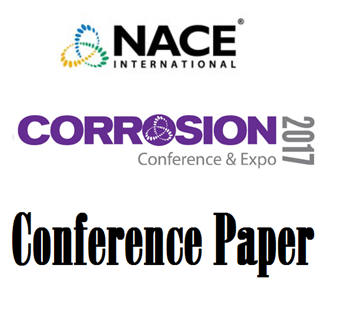Search
51314-3823-Non-Destructive Evaluation of Subsea Thermal Insulation Using Microwave Imaging
Also Purchased
51314-3825-Corrosion Resistance of High-Alloyed Materials in Flowing Artificial Geothermal Water
Product Number:
51314-3825-SG
ISBN:
3825 2014 CP
Publication Date:
2014
$0.00
51314-4079-Solution to Corrosion Under Insulation (CUI) with Three Layered CUI Control and CUI Warning Systems
Product Number:
51314-4079-SG
ISBN:
4079 2014 CP
Publication Date:
2014
$20.00
Performance of Three Types of Coatings in a Simulated Corrosion Under Insulation Condition
Product Number:
51317--9296-SG
ISBN:
9296 2017 CP
Publication Date:
2017
$20.00




